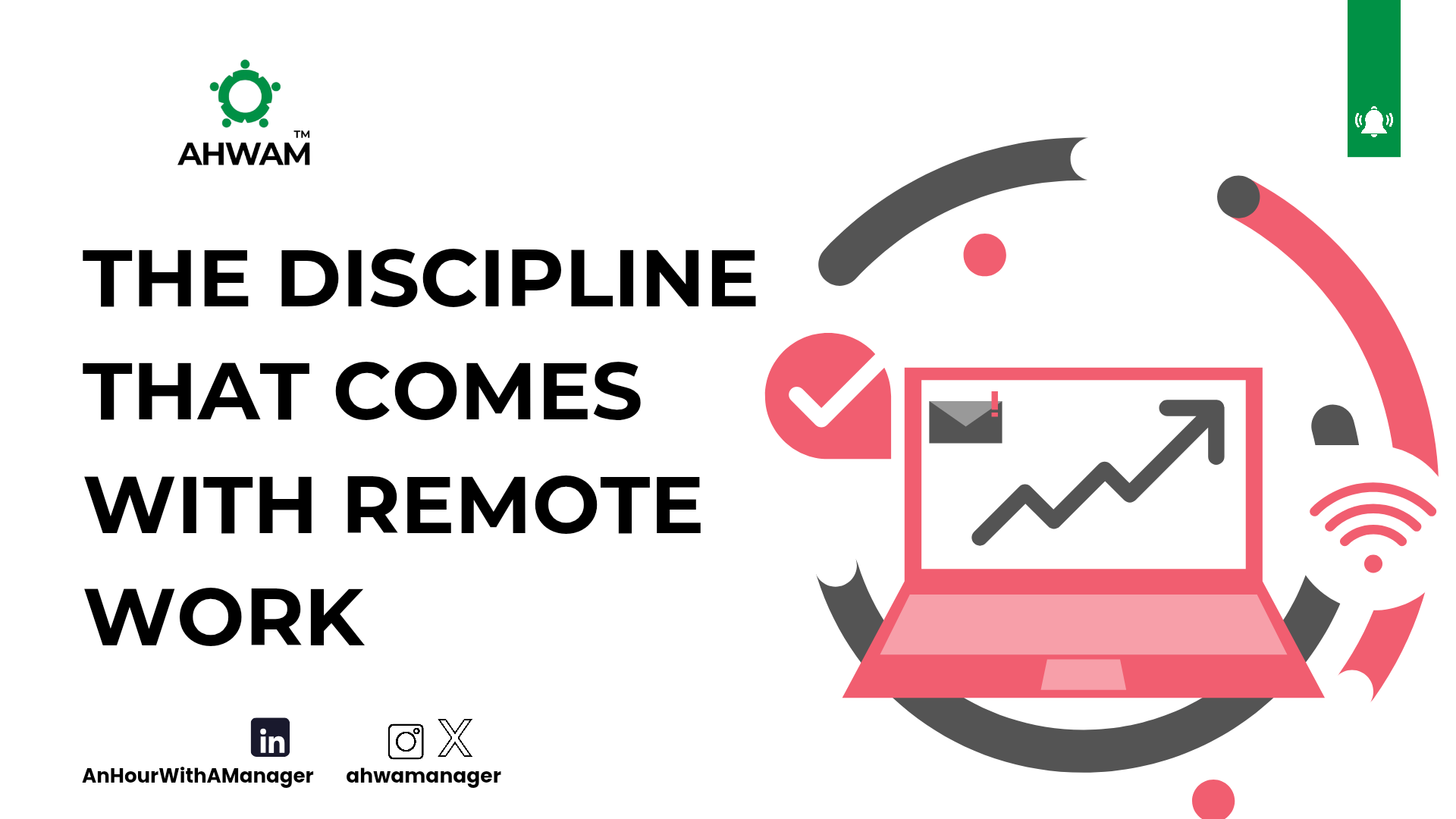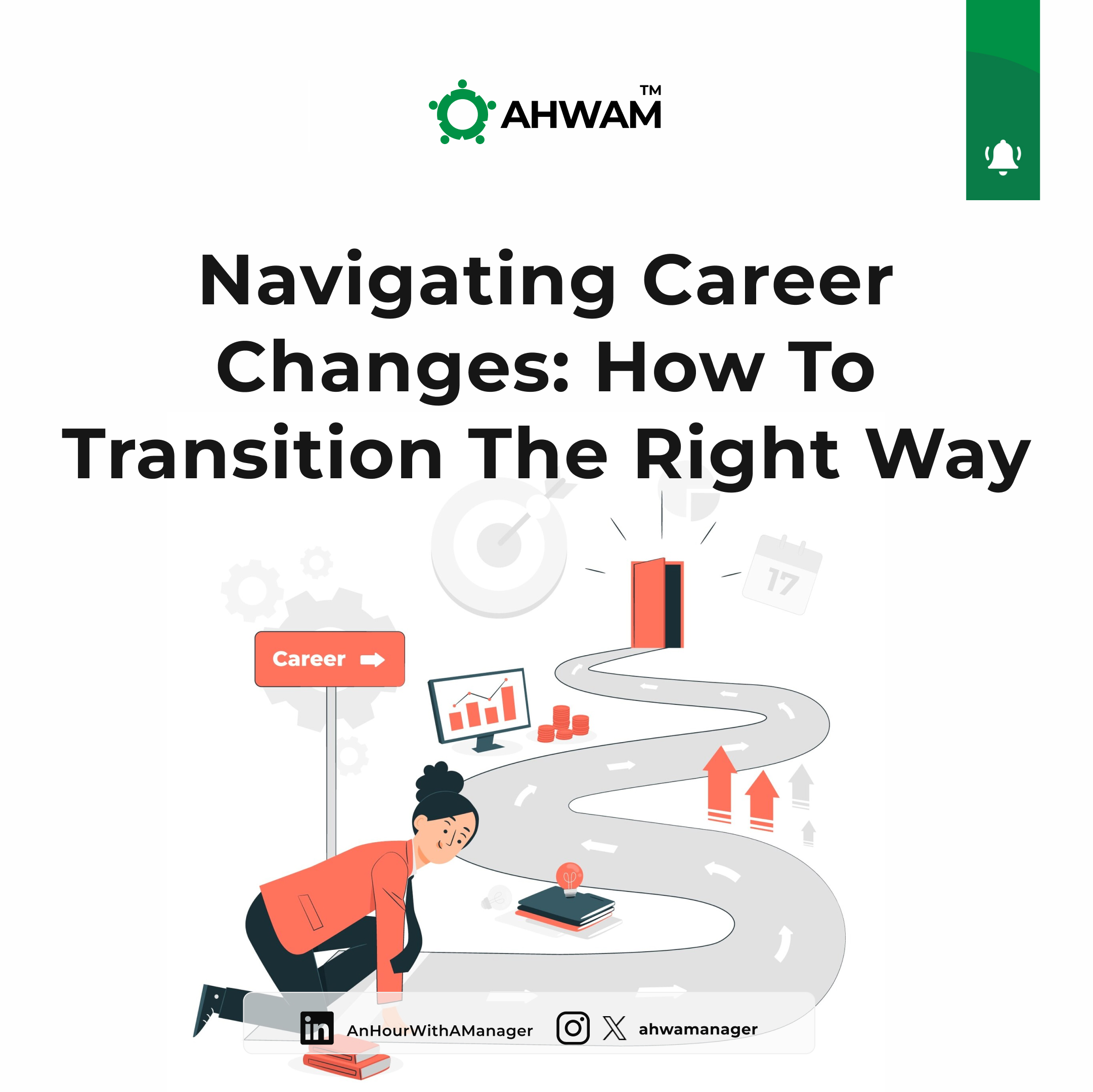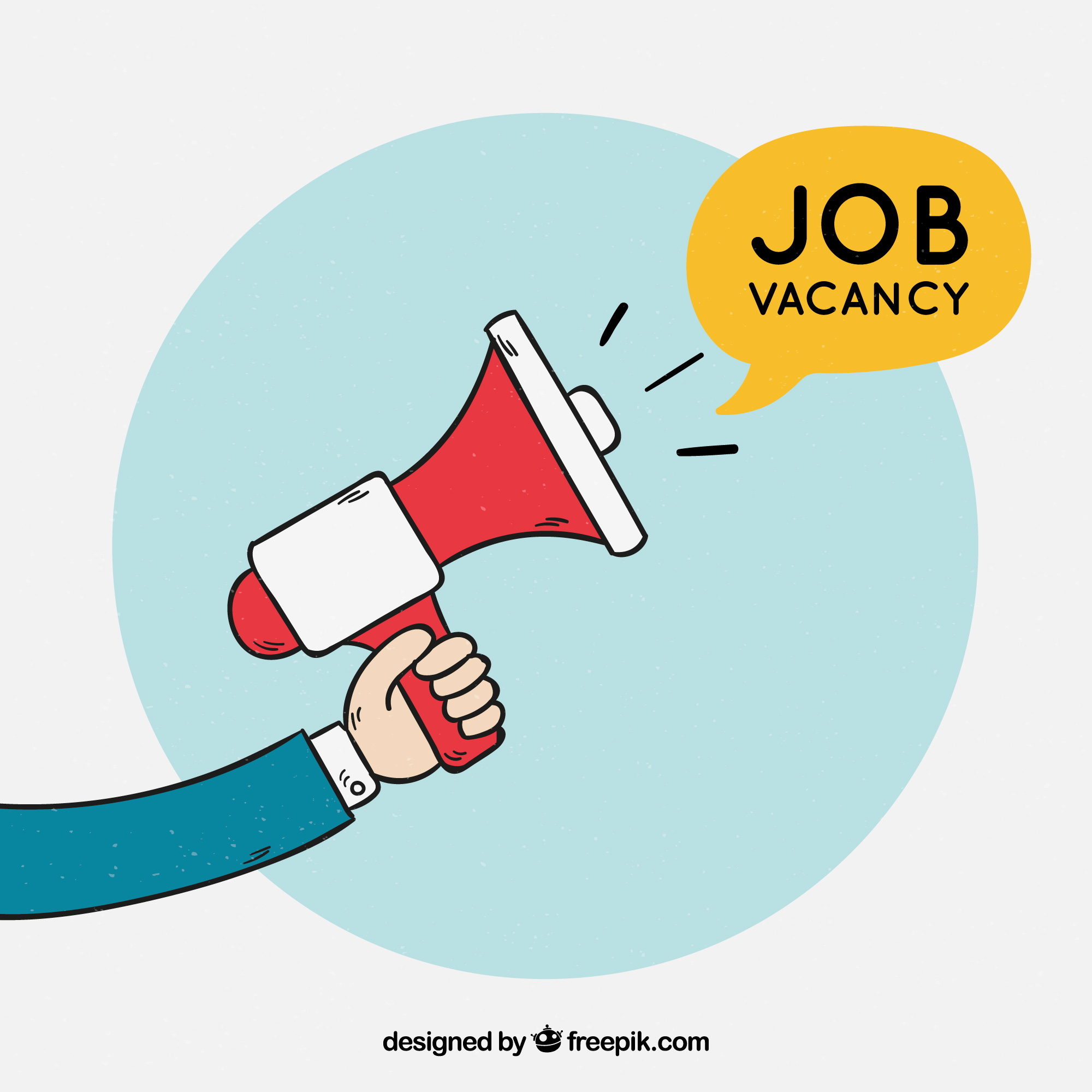Reflecting on the evolution of customer experience (CX) and employee experience (EX), it's clear that both have followed a similar course. Before now, there was a one-way stream of communication where customers, like employees, trusted brands to care for them, treat them well, and make the best decisions to enhance the work and business processes. This trust extended to some employees planning their futures with these brands.
Being an employee once carried a great deal of pride. Growing up, I was privileged to be surrounded by older friends in top industries; such as oil and gas, and banking. Witnessing their experiences, I admired and wished to have a similar life, the care and treatment they received as part of these brands. These brands, which paved the way for others have stood the test of time and contributed to shaping the future of work and business.
Today, however, the business landscape has changed. Capitalism has driven many brands to overlook the voices of their customers and employees. While it is understood that businesses must generate profit, this shift has compromised quality, feedback, and brand trust. This has led to disagreement between CX/EX and brands, especially with Generation Z demanding more transparency and better treatment.
As brands grow, they must remember not to exhaust their revenue only on CX satisfaction or EX well-being but to make wise decisions.
To thrive in today’s business conditions, businesses must transition from a one-way to a two-way communication channel, where CX/EX and brands engage in meaningful conversation, responding with the right information and delivering the expected experience for success.
Practicing Effective Customer and Employee Experience
Understanding and Implementing Feedback
The foundation of a successful business lies in understanding what matters to your customers and employees and putting it into practice. Treating feedback as essential and acting on it leads to positive outcomes. Customers today are more informed and wise. The best way to drive revenue or improve services is by actively seeking feedback, implementing changes, and communicating these improvements to your market. Proven practices show that this approach leads to better business results.
Let’s take a look at Amazon;
Amazon's commitment to customer feedback is a cause for review. By constantly scrutinizing customer reviews and purchasing behaviors, Amazon tweaks its services and products for the betterment of 
Treat Data as Gold
While collecting feedback is important, it is essential to treat customers' data as important. Use data to anticipate customer needs before they even arise. Mind you, you can’t satisfy all customer's demands, offer what you can, and always have a reward program set aside for loyal customers.
Let’s take a look at Starbucks;
Starbucks uses its loyalty program data to personalize customer experiences, it offers customized promotions and rewards based on individual preferences and purchasing habits. This approach has significantly increased customer engagement and sales.
Employees Demand More
Employees today expect more because they often receive less for more effort. To retain top talent, develop comprehensive employee well-being programs. Some Fortune 500 companies take their employees on trips or vacations. Additionally, consider offering benefits such as cash bonuses, learning opportunities, equity, and possible mentorship or coaching programs. But do all you have to do to retain quality talents.
Let’s take a look at Google
Google is renowned for its employee-centric culture. From offering generous parental leave to providing on-site wellness programs, Google invests heavily in employee satisfaction. This investment has paid off, as Google consistently ranks as one of the best places to work, attracting top talent and maintaining high productivity. You too can create your Google.
The Business Case for Positive Experiences
Salesforce data shows that customers with positive CX are more likely to remain loyal to a brand. After all, who doesn’t enjoy excellent service, especially after spending money on a business? The EX landscape has significantly changed since the COVID-19 pandemic. Brands that remain inflexible to these changes often see decreased employee engagement. Gallup found that highly engaged business units experience 21% greater profitability.
To remain competitive, brands must pay close attention to customer feedback, listen to their employees' needs and wants, and understand their motivations. When demands are high, find a balanced approach to make productivity a source of pride.
In conclusion, brands can achieve sustainable success and cultivate loyalty by promoting a two-way communication channel and valuing customer and employee experiences. Prioritizing feedback, data, and well-being initiatives will largely enhance satisfaction and drive profitability and growth.
Summary
Brands can achieve sustainable success and cultivate loyalty by promoting a two-way communication channel and valuing customer and employee experiences. Prioritizing feedback, data, and well-being initiatives will largely enhance satisfaction and drive profitability and growth.











